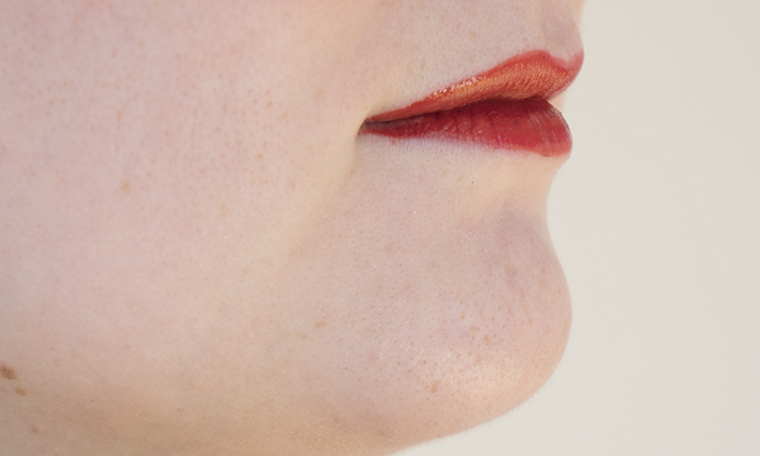Figuring out when to apply acne products in your skin care routine is an extra stress you just don’t need. We’ve got the scoop on when and how you should be applying your treatments to maximize your skin benefits.
You’ve spent months, nay, years, carefully honing your perfect skin care regimen, testing product after product, technique after technique until you know exactly how to get your best skin ever. And then it happens. A capital-Z Zit right in the middle of your expertly curated complexion. We know it’s frustrating, but the occasional blemish is inevitable, so take a deep breath and break out that spot treatment.
Of course, now you find yourself faced (pun slightly intended) with a whole new problem, because where exactly are you supposed to work an acne treatment into that skin care routine you’ve worked so hard on? Will applying it before your essence leave your skin sensitive? Will putting it on top of your moisturizer keep those zit-fighters from soaking in? Is it safe to apply your other products on top of a spot treatment?
Since the last thing you need in this moment of annoyance is even more skin care stress, we talked to dermatologist Joshua Zeichner about how to seamlessly (and stresslessly) work acne treatments into your routine.
The one rule to remember:
While adding a new step in might make you worry, the reality is that the same general rules that apply for the rest of your skin care products holds true for acne treatments too. “Generally speaking, I recommend applying products from lightest to heaviest in consistency,” says Zeichner. Working from the lightest, most readily-absorbed products on your list like serums to the most occlusive like moisturizers and oils makes sure that each individual product has a chance to shine. “We want to make sure not to interfere with any active ingredient penetrating into the skin to do its job,” Zeichner explains.
The moisturizer trick
That doesn’t necessarily mean that your spot treatment or acne product needs to go on first, though. “Contrary to what you may think, applying a moisturizer before your acne product may be helpful in reducing the risk of irritation without interfering with effectiveness of the medication,” advises Zeichner.
Despite the fact that most acne products have a thin texture, slathering them on your totally bare skin doesn’t always make them work better; in fact, for those who are already prone to dryness or irritation going straight from cleansing may actually exacerbate already acne-inflamed skin since the drying and exfoliating ingredients are absorbed into thirsty skin so quickly. A dose of hydration (we like Hanskin Hyaluron Skin Essence) beforehand can help mitigate this effect, helping your acne medication work like a time-release capsule.
“Moisturizers can prime and hydrate the skin and don’t prevent the acne fighting ingredients from penetrating into the skin.” The only caveat there? If you’re using an oil-based moisturizer or balm (like the Neogen White Truffle Laycure Oil Stick’s handy stick formula) you should probably wait to apply it until after your acne medication is on since a serious dose of oils can create more of a barrier to ingredient penetration.
What about applying products on top of an acne treatment?
As for applying other products on top of acne treatments, Zeichner says there’s nothing to worry about as long as you wait for your treatment to dry before moving on with your routine. For most treatments that means 30 seconds or so (if your treatment takes longer than a minute to dry, you may be using too much product; remember, more isn’t always more.) And while there are a few ingredients that may not play nicely together (acne-busting salicylic acid, for example, can provide a redness-inducing level of exfoliation when paired with a retinol) for the most part you can expect to go about your tried and true regimen as usual. Now that’s a relief.


